Calendula Shower Gel for Kids
In this post, I will explain why I prefer to make kids' shower gels and not to buy commercial ones. Also, I'll explain my favorite emulsifier for this type of product: sucrose stearate.
I love making kids' shower gels. I prefer adding oils to the shower gels to make them very moisturizing and gentle.
When you buy commercial shower gels, they usually contain surfactants, humectants, perfume and sometimes botanical extracts. These commercial shower gels can dry the skin and, most times, are not gentle enough.
This is why I love making my shower gels. I can add emollients and use up to 35% surfactants, making the shower gel very creamy, velvety and hydrating.
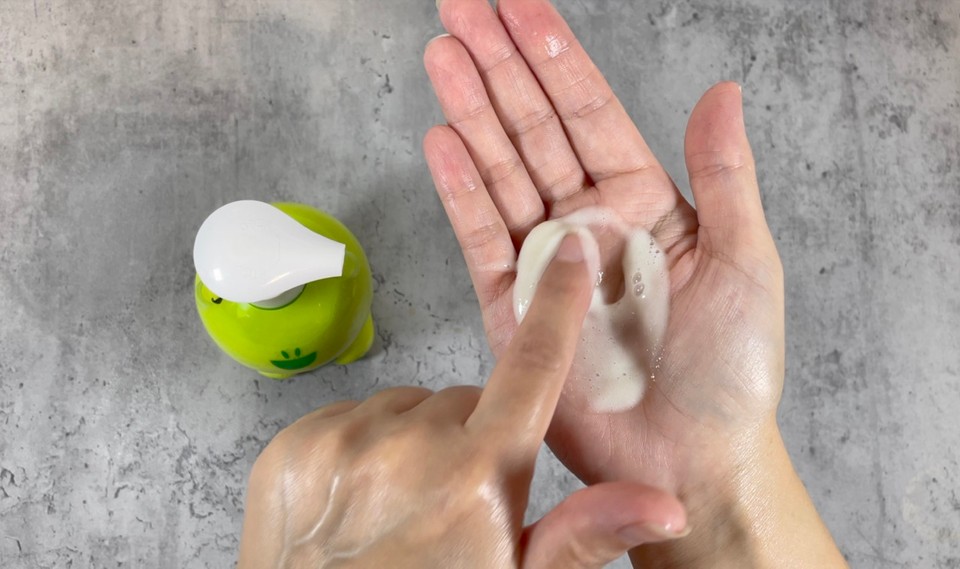
You can help support my website and channel through the “buy me a coffee” page.
Here is the link: https://www.buymeacoffee.com/diycosmetica
Your support helps me keep sharing here more information and more formulas.
Here are two examples of the ingredients list of commercial shower gels for kids.
In the first example, one of the surfactants is sodium Myreth sulfate which is a harsh surfactant although considered to be safe in skin care.
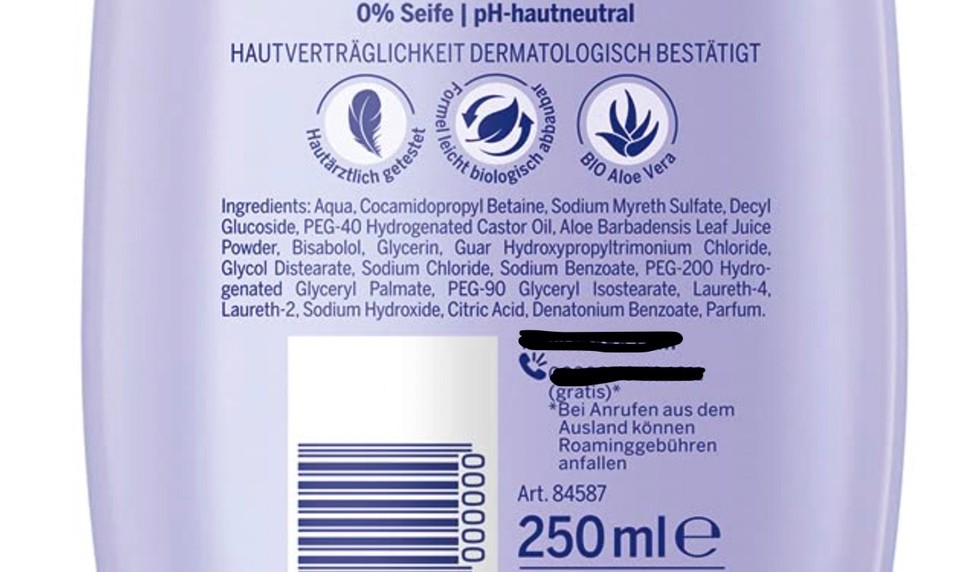
Sodium Chloride can dry the skin and cause skin irritations for kids with sensitive skin.
In the second example, the ingredients are considered safe and non-irritating, but no oils are incorporated, and fragrance can irritate kids' sensitive skin.
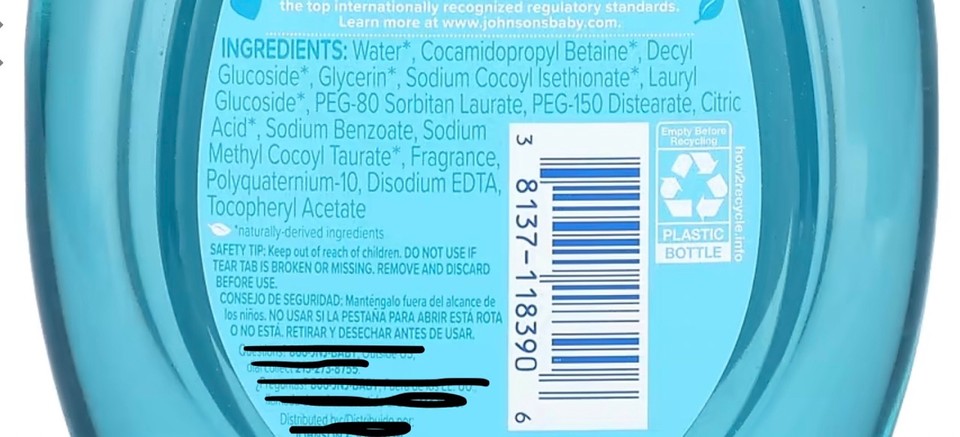
In this recipe, the ingredients list will be water, Decyl glucoside, Coco betaine, Calendula oil, Glycerin, Sucrose stearate, Shea butter, Calendula extract, Rose essential oil, Cosgard (preservative), Xanthan gum.
An overall very short ingredients list without any harsh surfactants or skin irritating chemicals.
If you have made creams or lotions before, you already know that to incorporate oils into a water-based product, we need an emulsifying agent (read here on the basis of making creams and lotions).
After making many skin-care products, I fell in love with sucrose stearate as an emulsifying agent for lotions and shower gels.
What is sucrose stearate?
It is a mixture of sucrose (sugar) and a natural substance known as stearic acid. It works as a natural emulsifier (helps water and oil to mix). It can be animal-, plant-derived or synthetic, with the plant-derived version being most common. Sucrose stearate is a nonionic emulsifier.
Sucrose stearate functions as an emulsifier and an emollient. Since it is also an emollient, It gives a smooth texture and helps to apply the product to the skin.
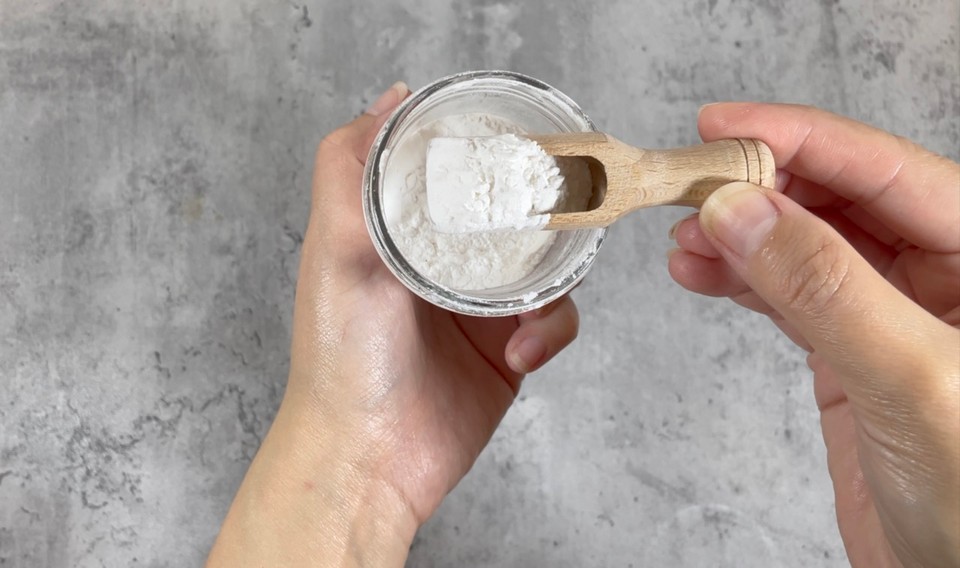
Adding some gum when using sucrose stearate as an emulsifier is important. The gum will help to make the product stable.
You can add sucrose stearate to the oil or water phases. There is also the option of adding the oil and water phases in the same beaker and adding the sucrose stearate (one-pot method).
You can add sucrose stearate to cold or hot temperature.
I prefer to add the sucrose stearate to the water phase and heat it before combining the oil phase. Sucrose stearate will not dissolve immediately into the water. After heating, it will partly dissolve, and some clumps will remain.
When using sucrose stearate, it is recommended to stir and blend it with an immersion blender to create a smooth texture.
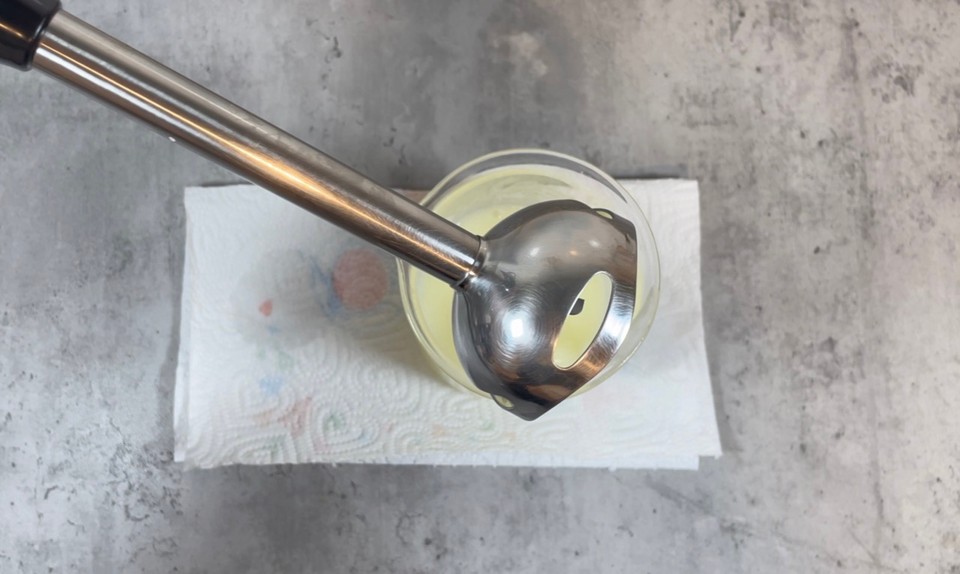
To ensure the emulsion will not separate, you need to use an immersion blender 4-5 times (leaving the emulsion for 10 minutes between blending).
Blending it several times will prevent the emulsion from separating later and ensure no clumps are left in the final product. You will be left with a very smooth, creamy emulsion.
The application dosage of sucrose stearate is 18-20% (of the oil phase).
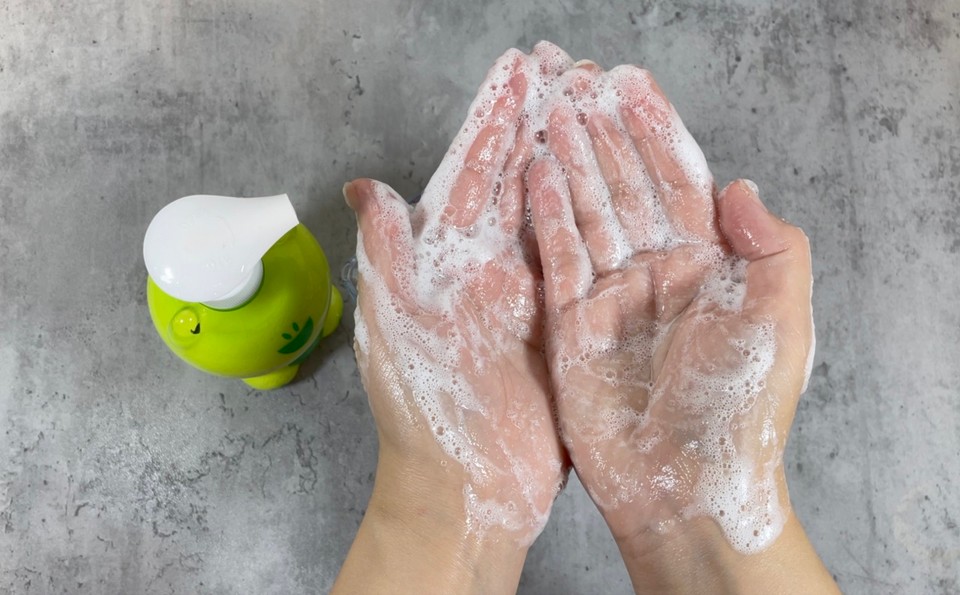
I love to incorporate calendula in different ways in kids' skin-care products. Calendula has anti-inflammatory properties and can help calm redness and inflammation. In this recipe, I use jojoba oil infused with dried calendula petals and calendula extract. To read more about oil infusion check this post here.
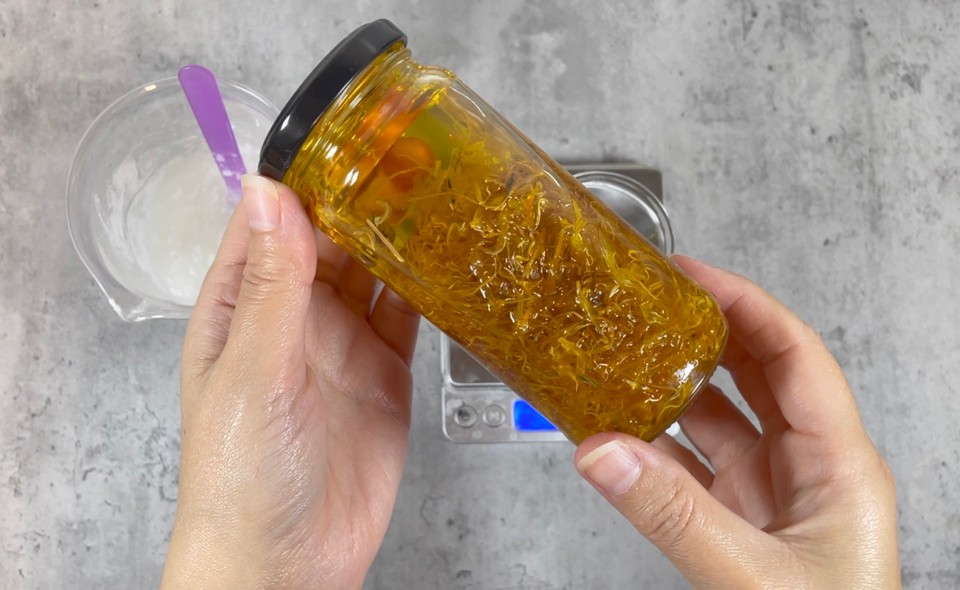
As this is a kids' product, I use two very mild surfactants: Decyl glucoside and Cocamidopropyl betaine. Decyl glucoside is obtained from 100% natural materials. It is biodegradable, non-toxic, non-carcinogenic, and non-allergic. It is safe for all skin types, making it suitable for kids' skin care products.
Cocamidopropyl betaine is derived from coconuts. Cocamidopropyl betaine is very hydrating to the skin. Cocamidopropyl Betaine is considered very gentle and tolerated by the skin and is so mild that it is recommended for use in foaming products for babies.
Glycerin is a highly effective humectant that keeps the skin hydrated for a long duration. Glycerin is considered safe in kids' skin-care products. Glycerin also helps us to incorporate the xanthan gum more easily.
If you are making this recipe for someone with sensitive skin, consider skipping the essential oil. You can add distilled water to replace the amount of essential oil you subtracted.
This recipe is for 300g. For alternatives, please check the notes below.
To adjust the PH level, I added a few drops of lactic acid 80% solution. You can read this post about PH adjustments in cosmetics. PH level in this shower gel should be 5.5-6.5.
Ingredients:
Phase A
- Glycerin 18g
- Xanthan gum 2.1g
- Distilled water 156.3g
- Sucrose stearate 12g
Phase B
- Jojoba oil infused with calendula 18g
- Shea butter 6g
Phase C
- Decyl glucoside 48g
- Cocamidopropyl betaine 30g
Phase D
- Preservative (cosgard) 2.4g
- Essential oil 2.1g (I have used rose essential oil)
- Calendula extract 5.1g
*** A few drops of lactic acid 80% solution to lower the PH level. Read more here about PH adjustments in cosmetics.
Method:
- Add the water phase (Phase A) ingredients to a heat-resistant container. Start with the glycerin and the xanthan gum, mix them to create a slurry and then add the water and mix to create a jelly texture.

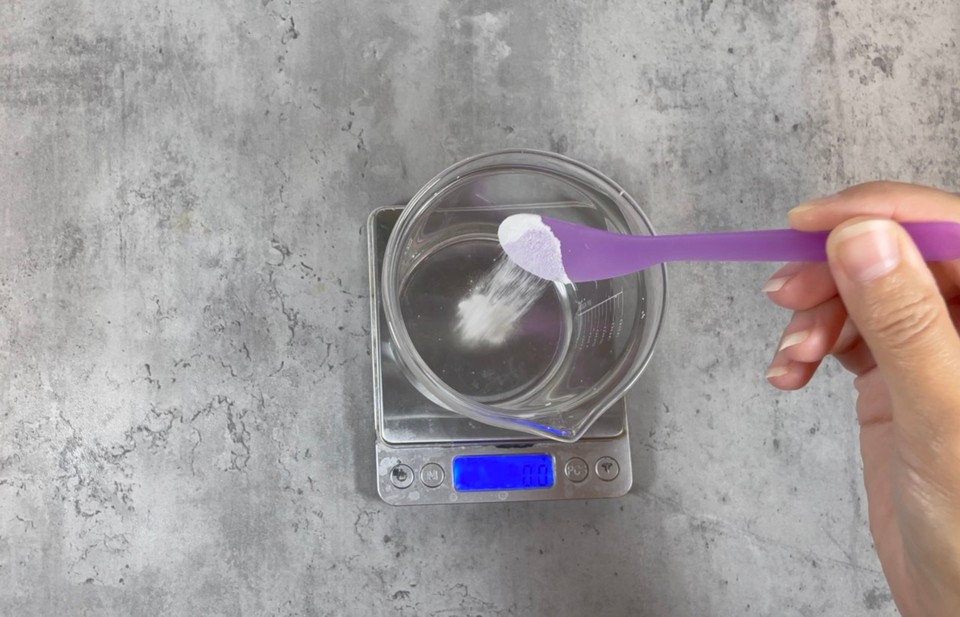
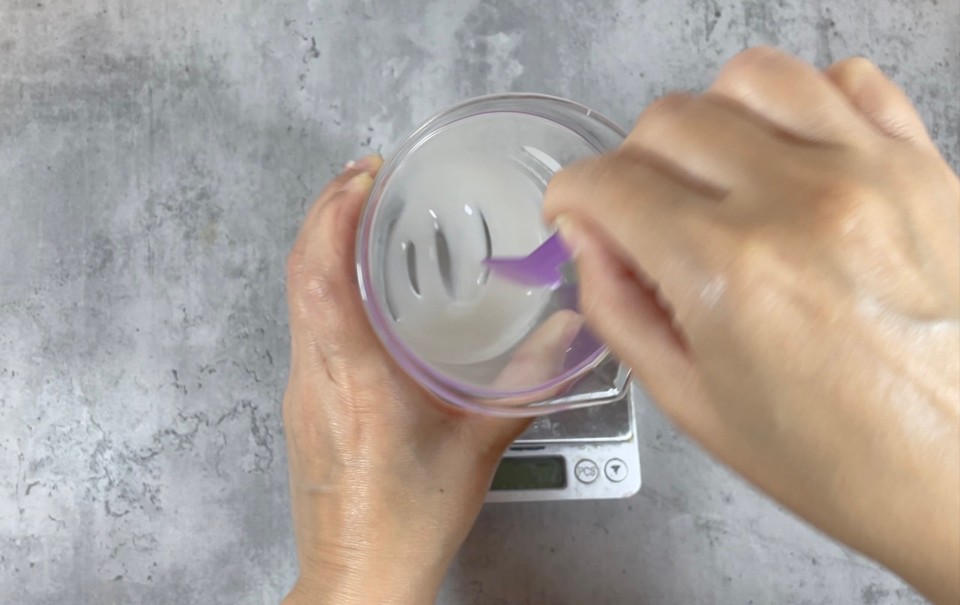
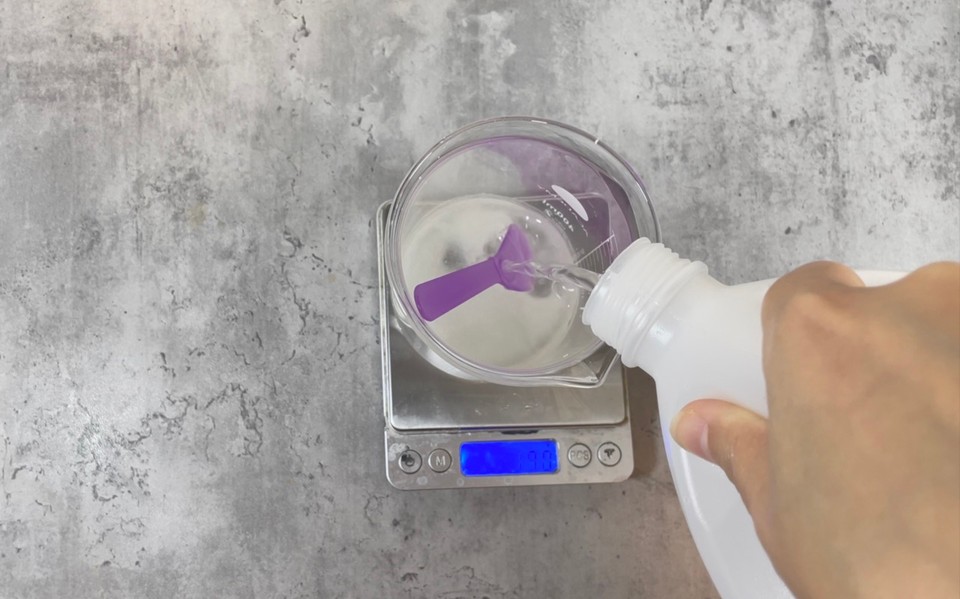
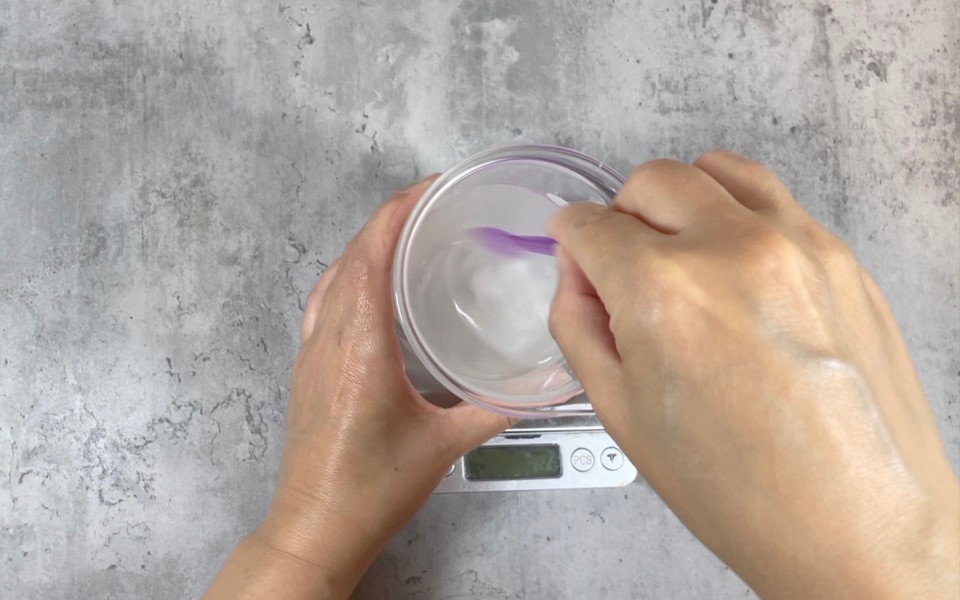


- Now add the sucrose stearate and mix. The sucrose stearate will not dissolve in the water phase. You will see clumps which is normal.
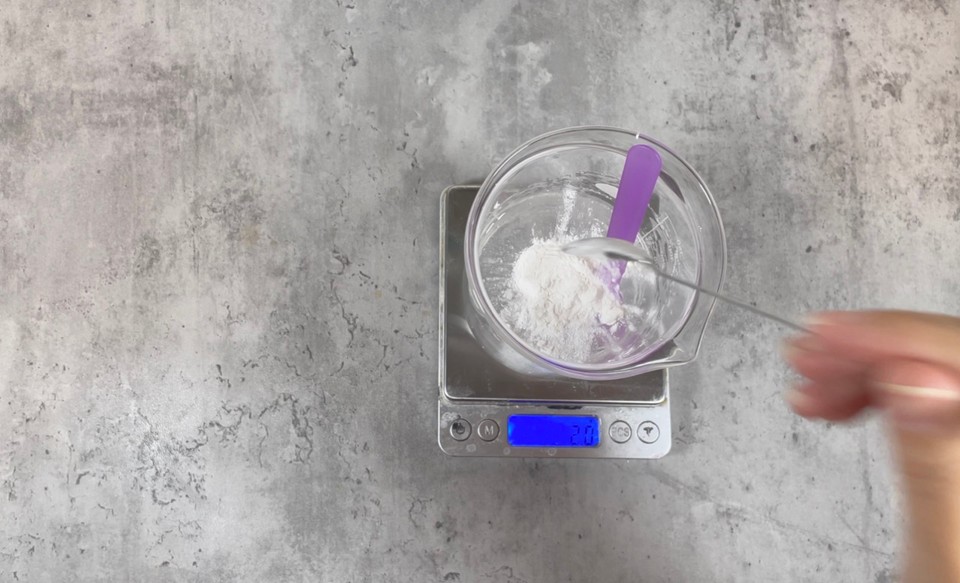

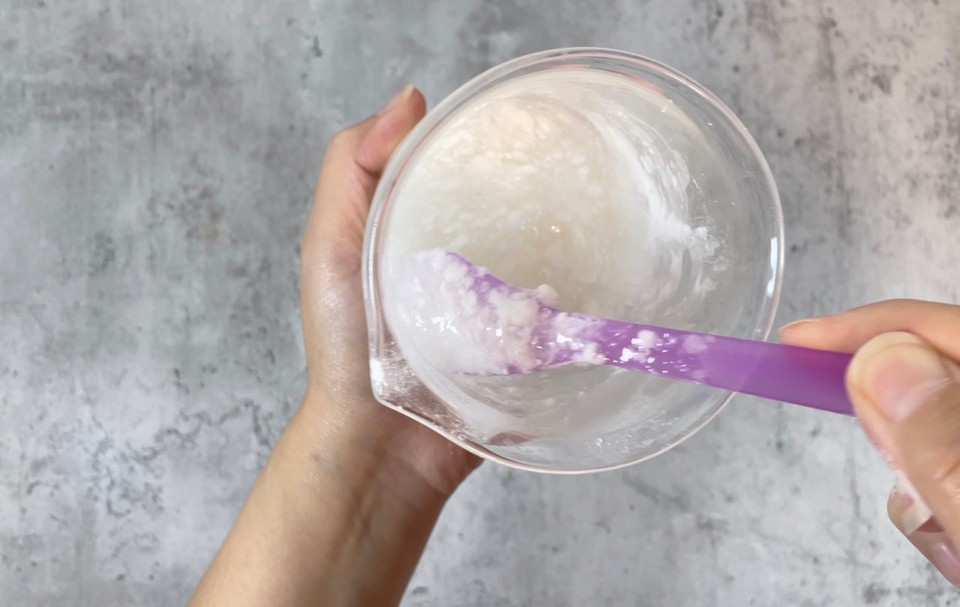
- Add the oil phase (phase B) to a different heat-resistant beaker.


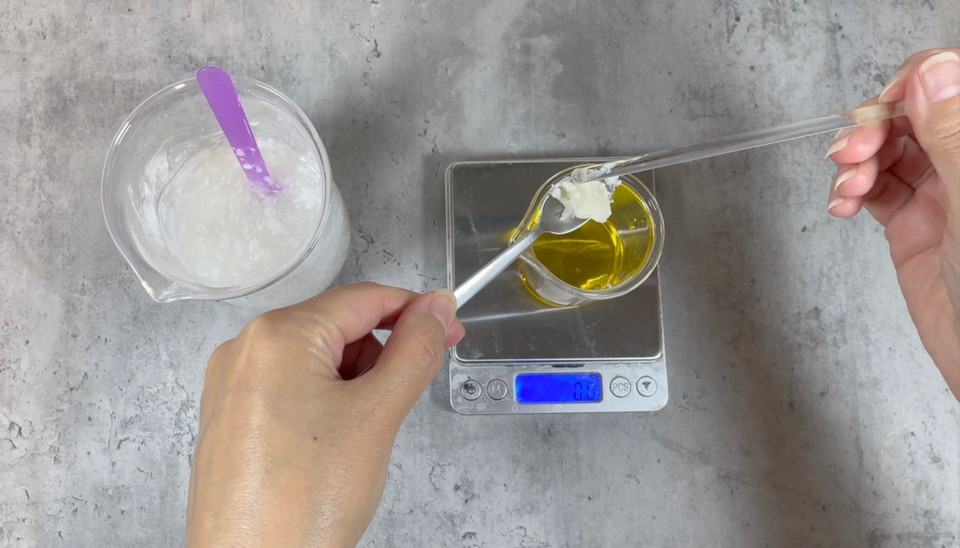
- Place phases A and B into a double boiler on medium heat for 20 minutes. Cover the water phase with aluminum foil to minimize water evaporation.

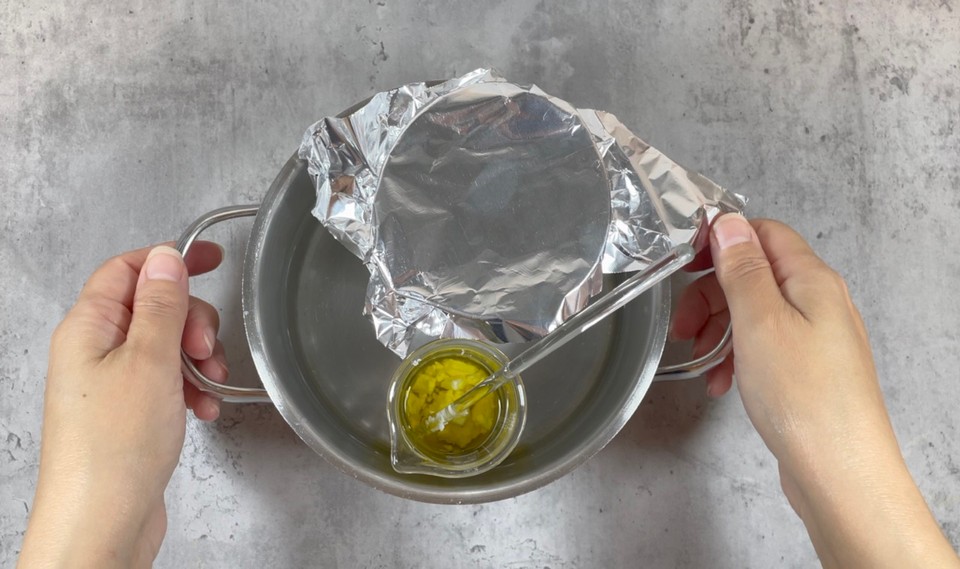
- Prepare phase D in a different container, add all the ingredients and set aside.
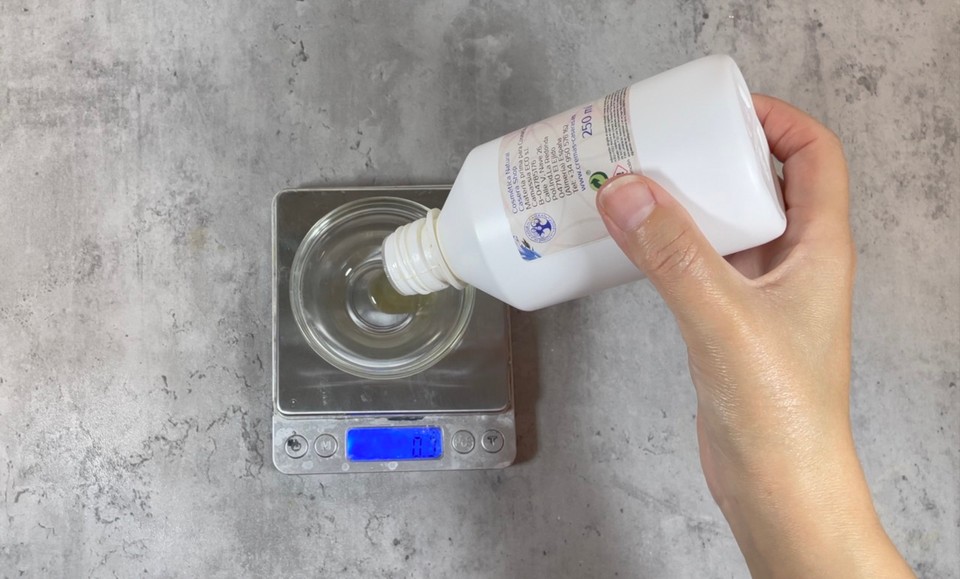
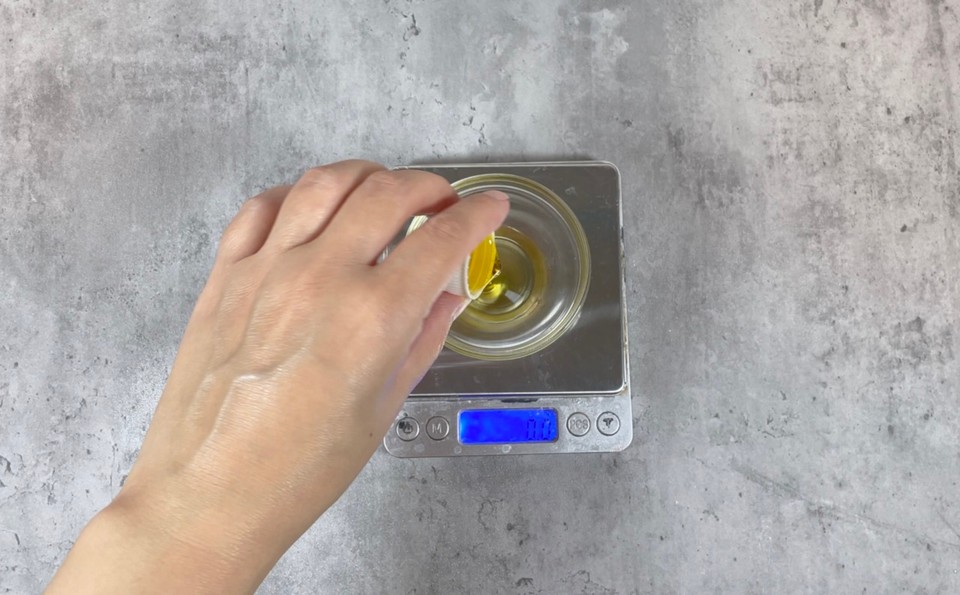

- Remove phases A and B from the heat. The water phase will be almost smooth, but still, some clumps can remain. This is fine; once we use the immersion blender, the texture will be smooth and homogenous.
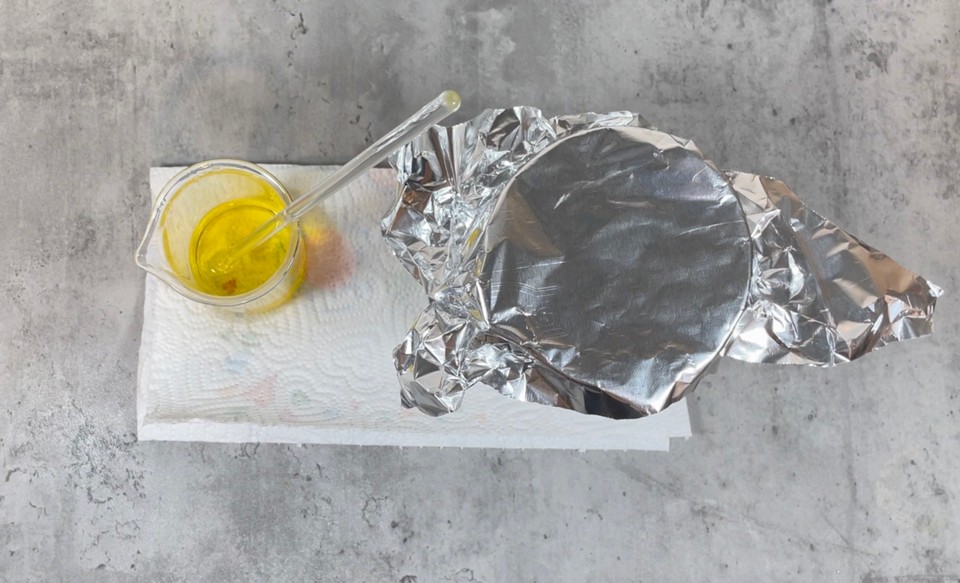
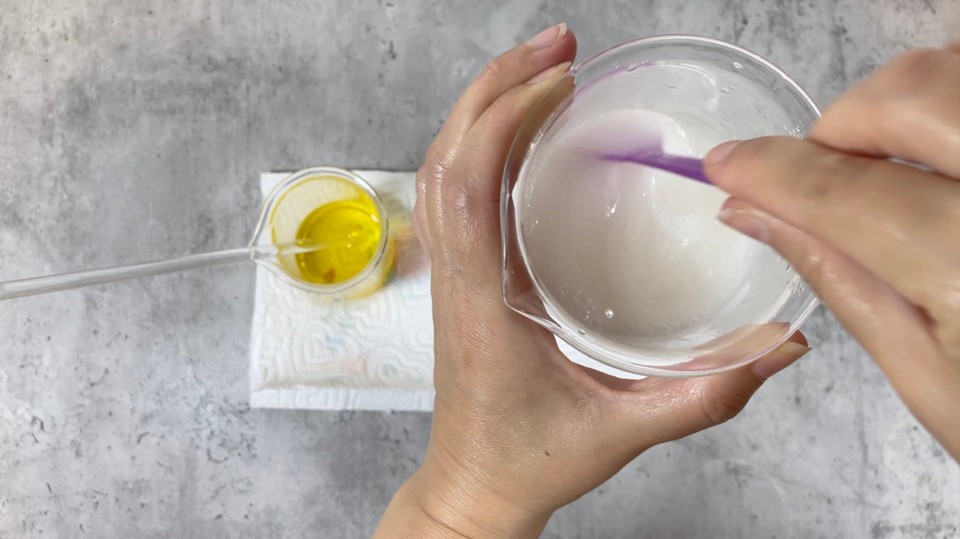
- Add the oil phase to the water phase and use an immersion blender to combine.
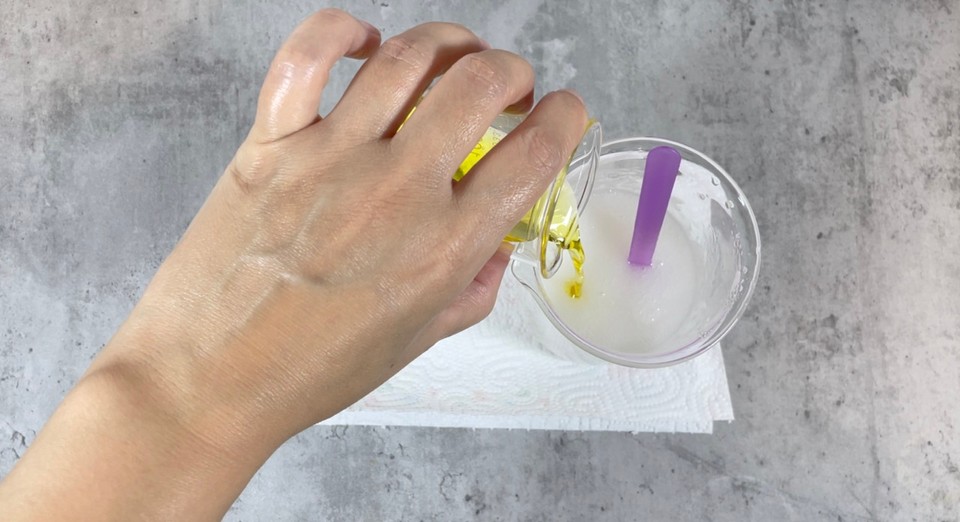
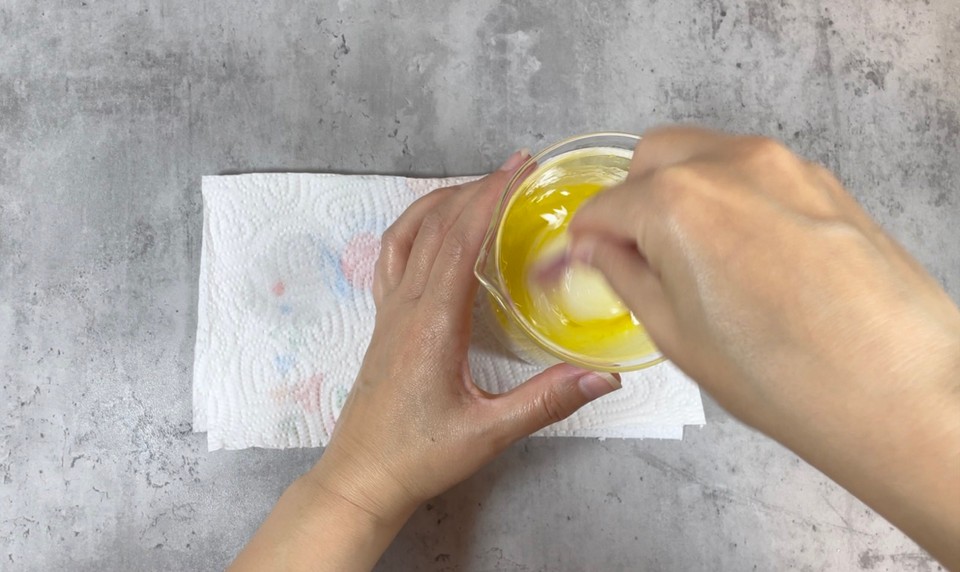


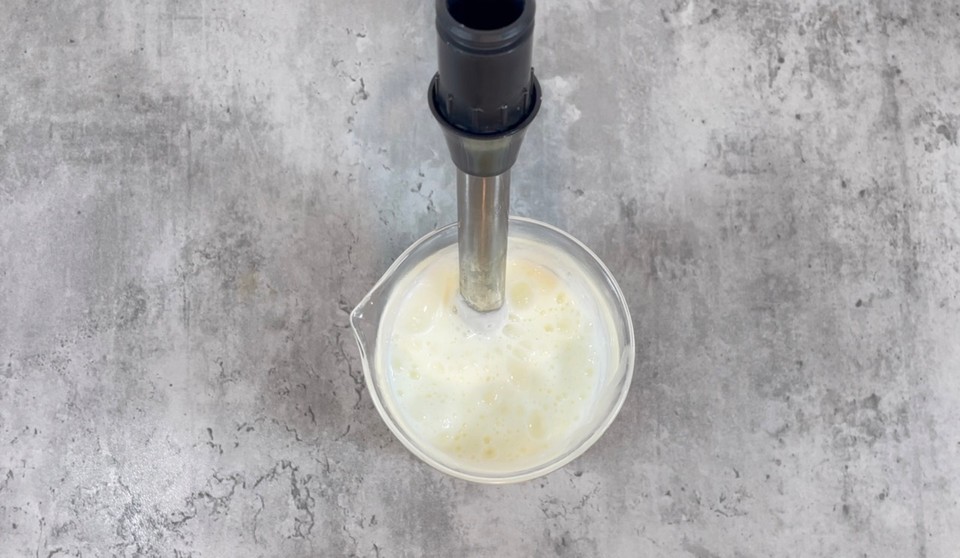
- Check the temperature. Once it is less than 40 degrees Celsius, use the immersion blender again.

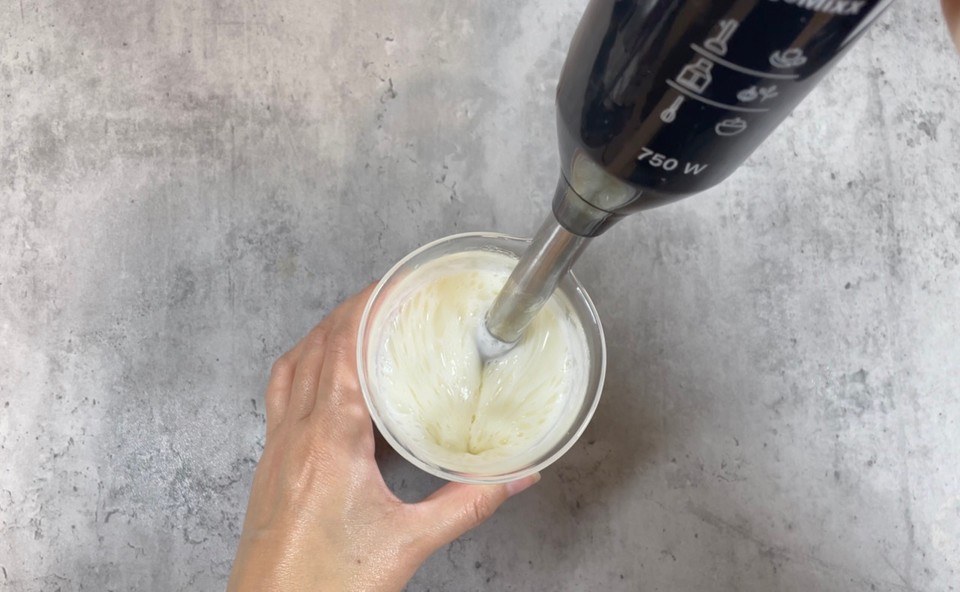
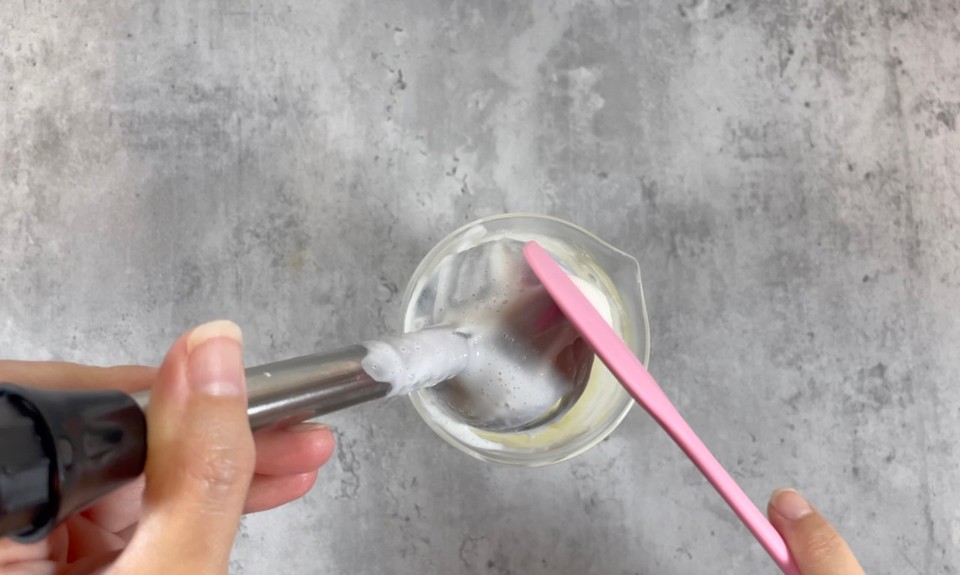
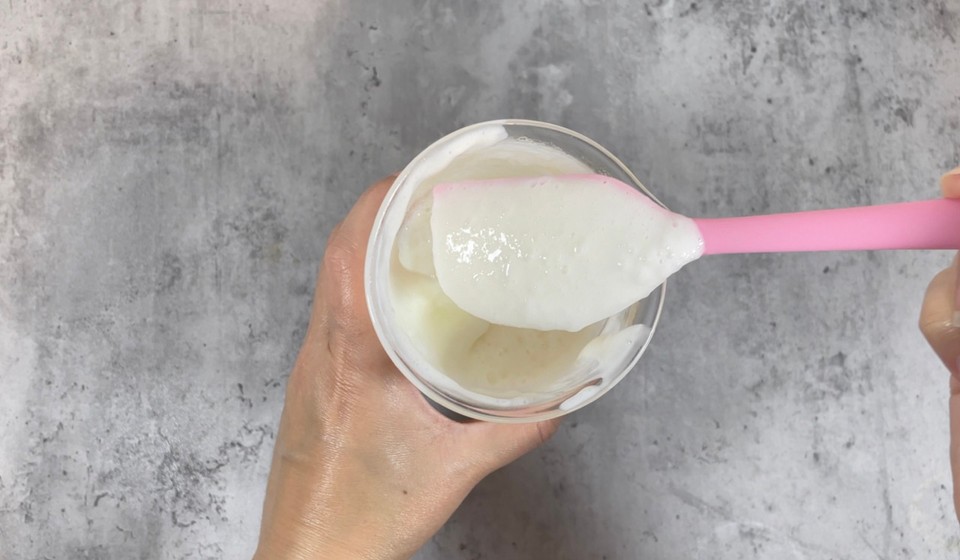
- After blending 3-4 times (letting the emulsion rest for 10-15 minutes between blending with the immersion blender), add the surfactants (phase C).
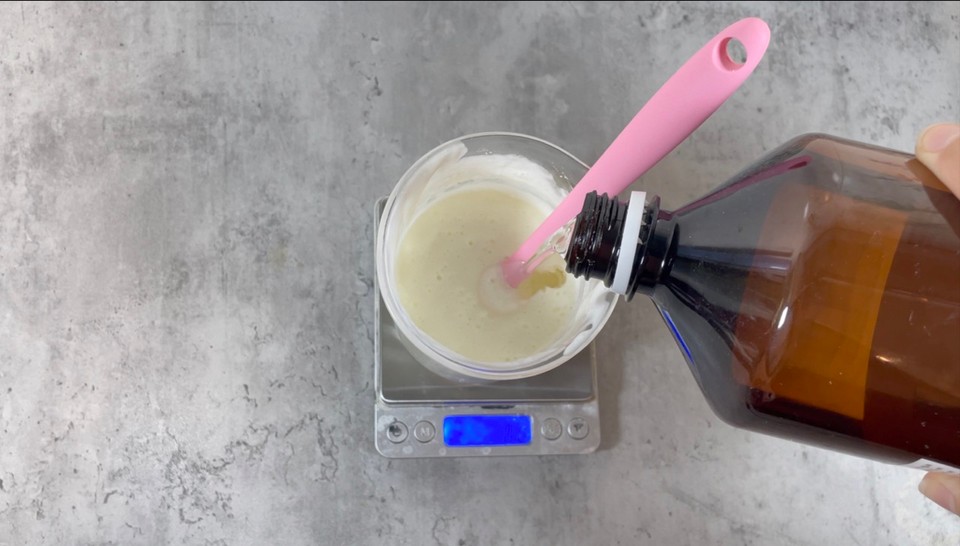

- After adding the surfactants, stir manually to incorporate the surfactants. Stir gently to avoid creating foam.
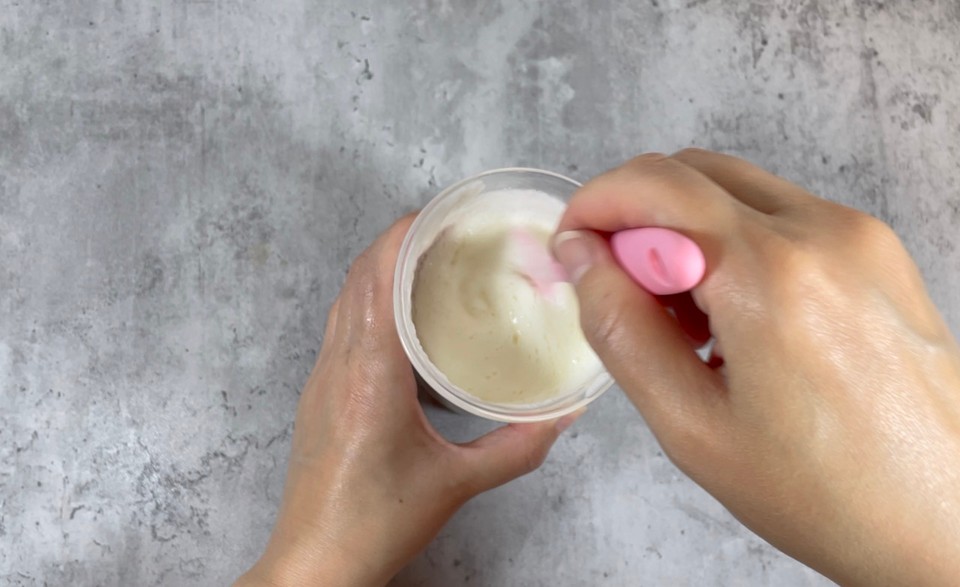
- Add phase D and stir to incorporate.
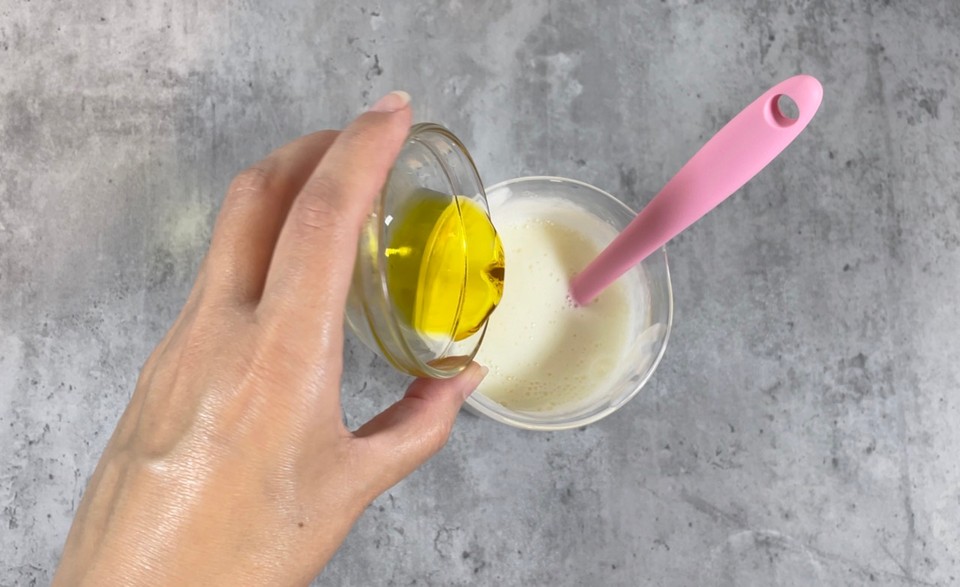

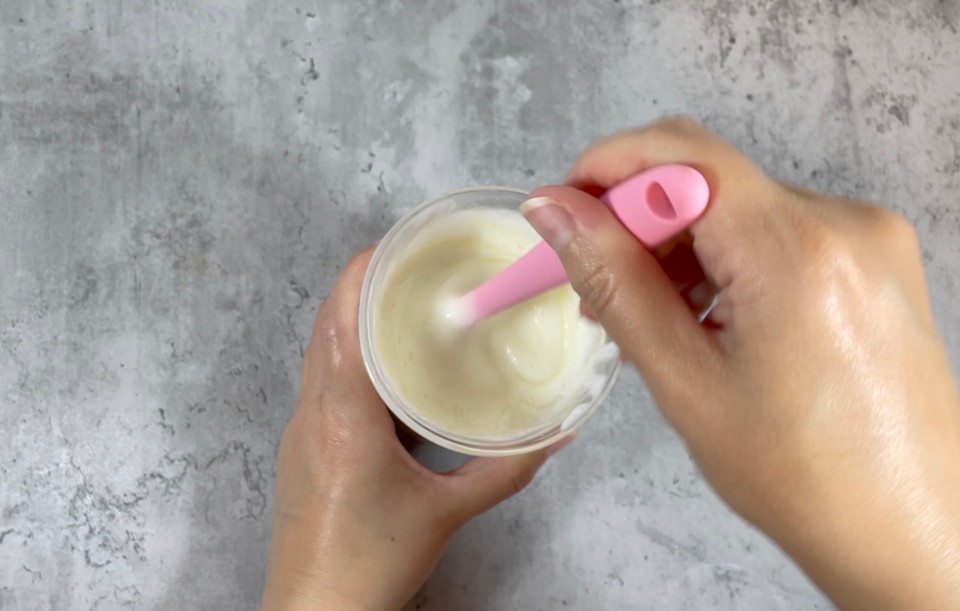
13). Check and adjust the PH level. Add a few drops of lactic acid 80% solution to lower the PH. Stir and recheck the PH. If needed, repeat the process. PH level in this shower gel should be 5.5-6.5.
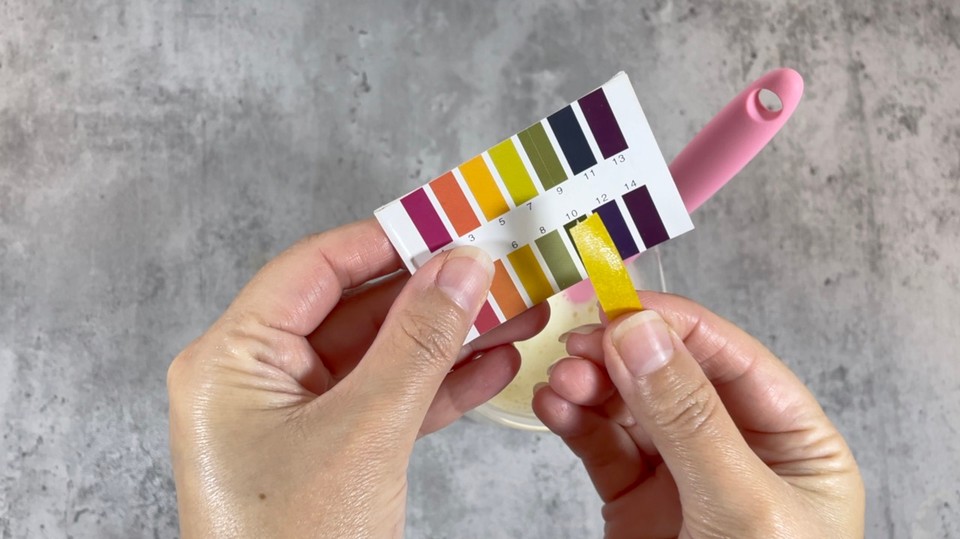

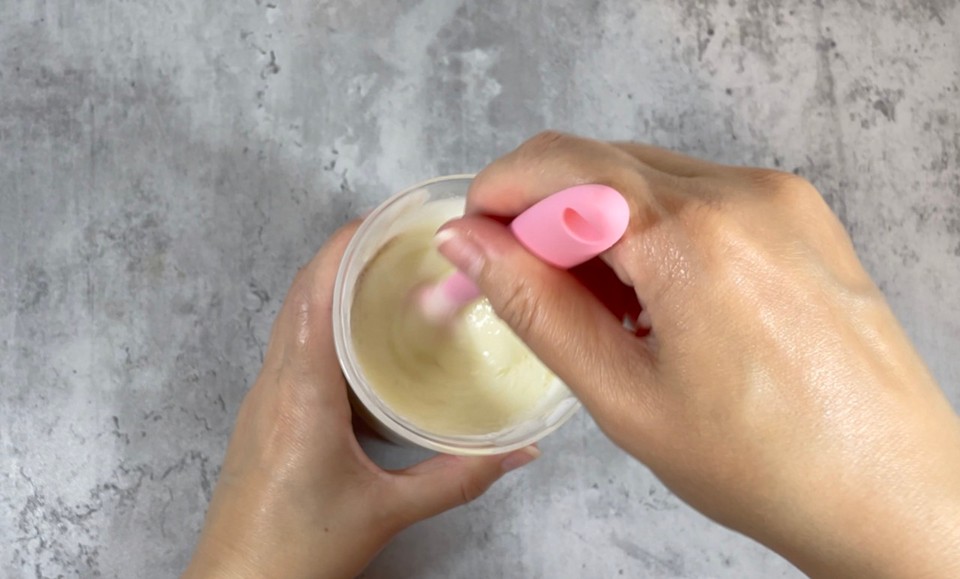
- Pour the shower gel into a container. The shower gel is ready to be used. Please avoid eye contact while using the shower gel.
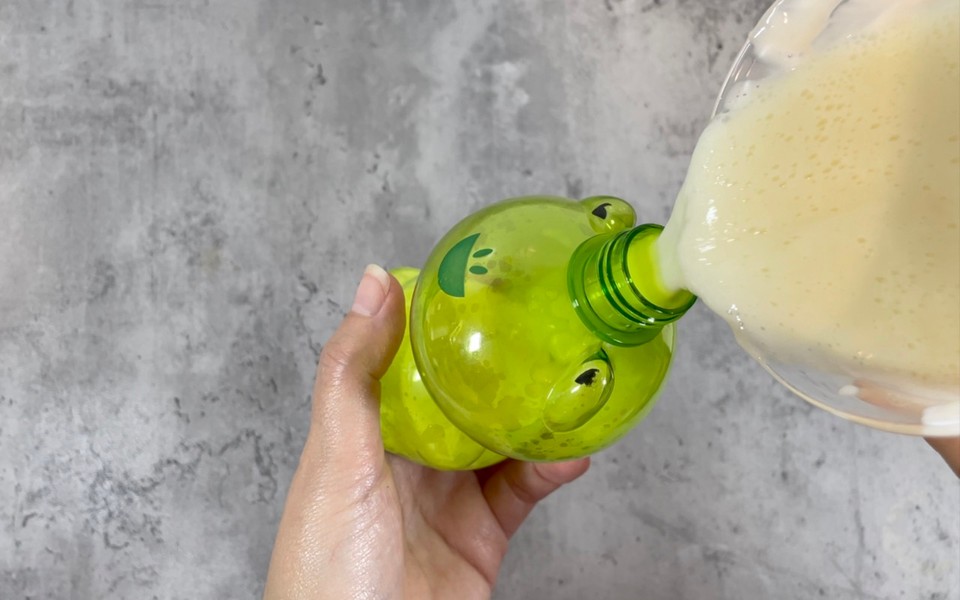
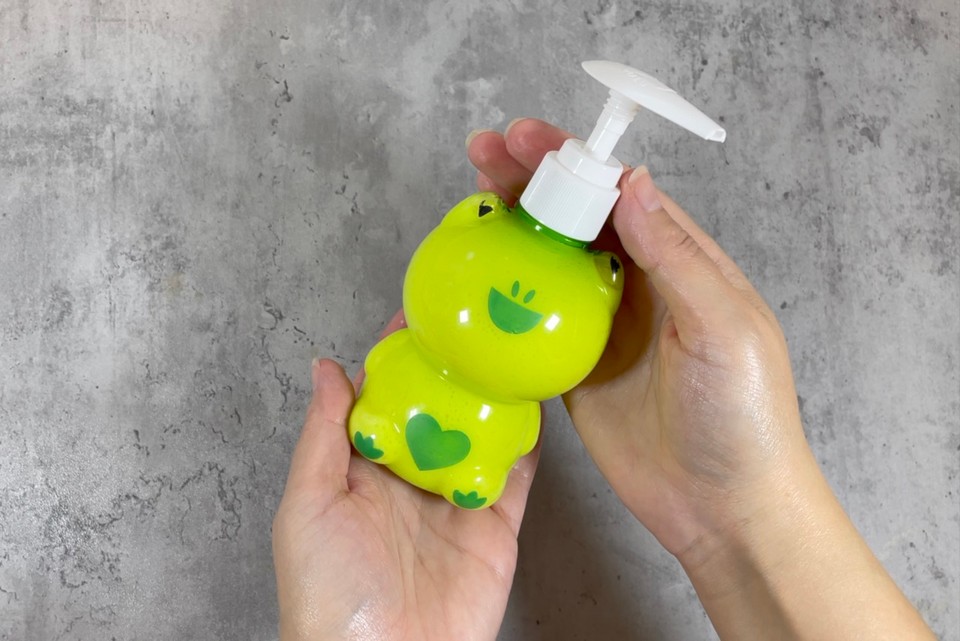


Notes:
You can replace the Decyl glucoside with coco glucoside.
You can replace the Cocamidopropyl betaine with coco betaine.
You can use different extracts such as aloe vera extract or oats extract instead of the calendula extract.
You can use mango butter instead of shea butter.
You can use sweet almond oil, avocado oil, hazelnut oil or macadamia oil to replace the jojoba oil.
If using a different preservative, use it according to the supplier's instructions.
You can skip the essential oil and add distilled water instead.
